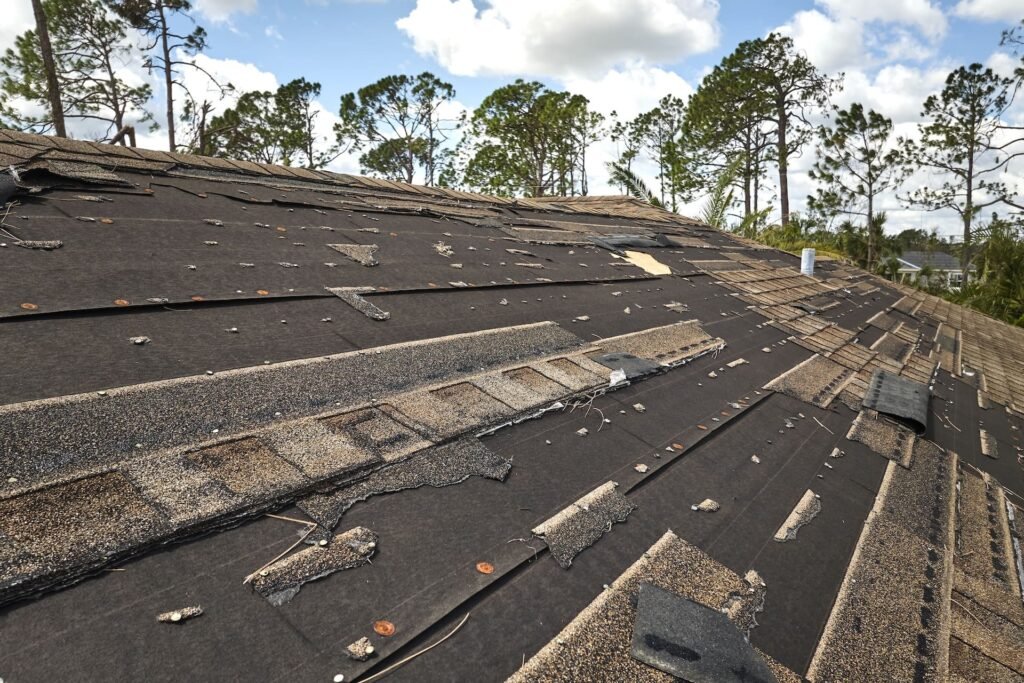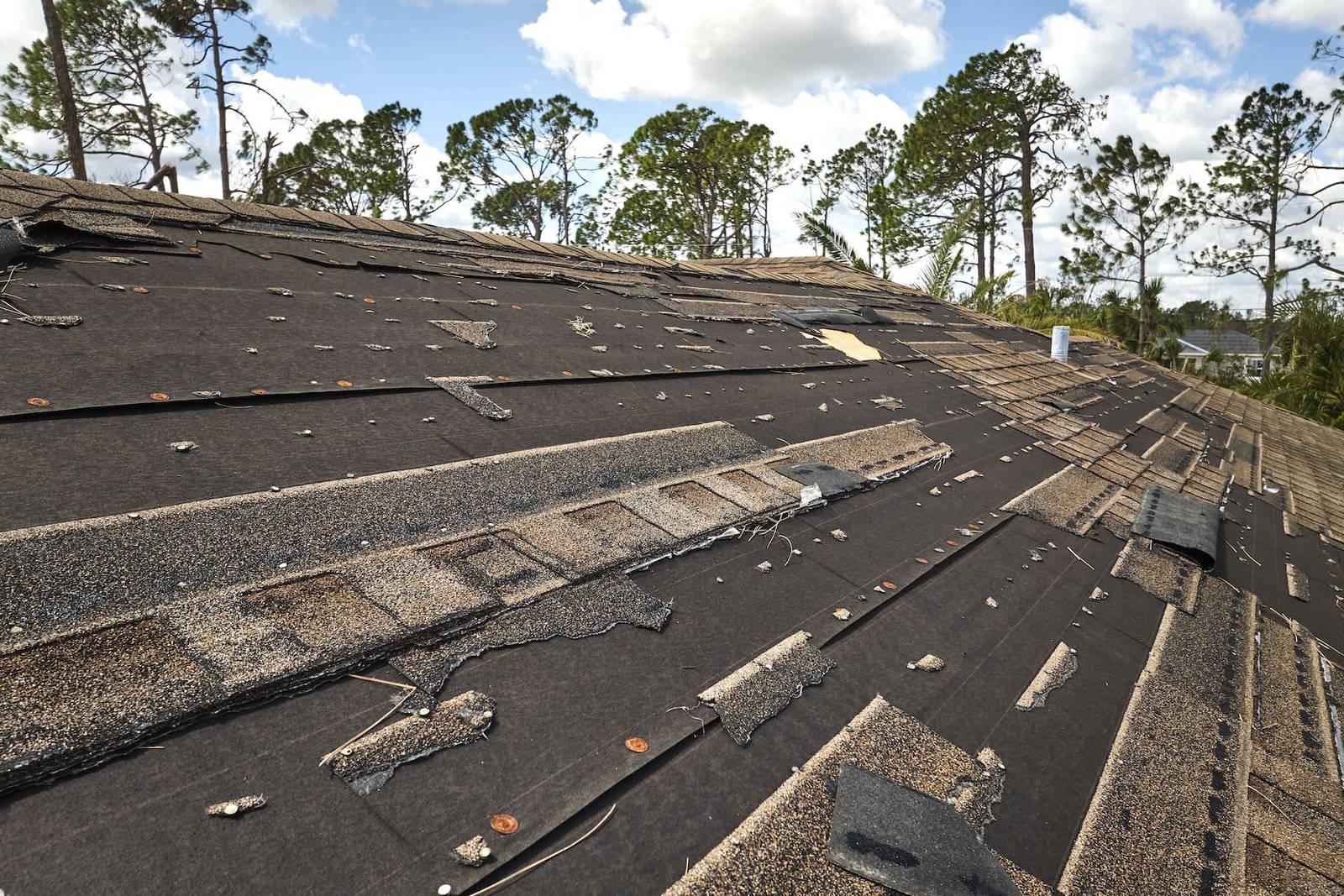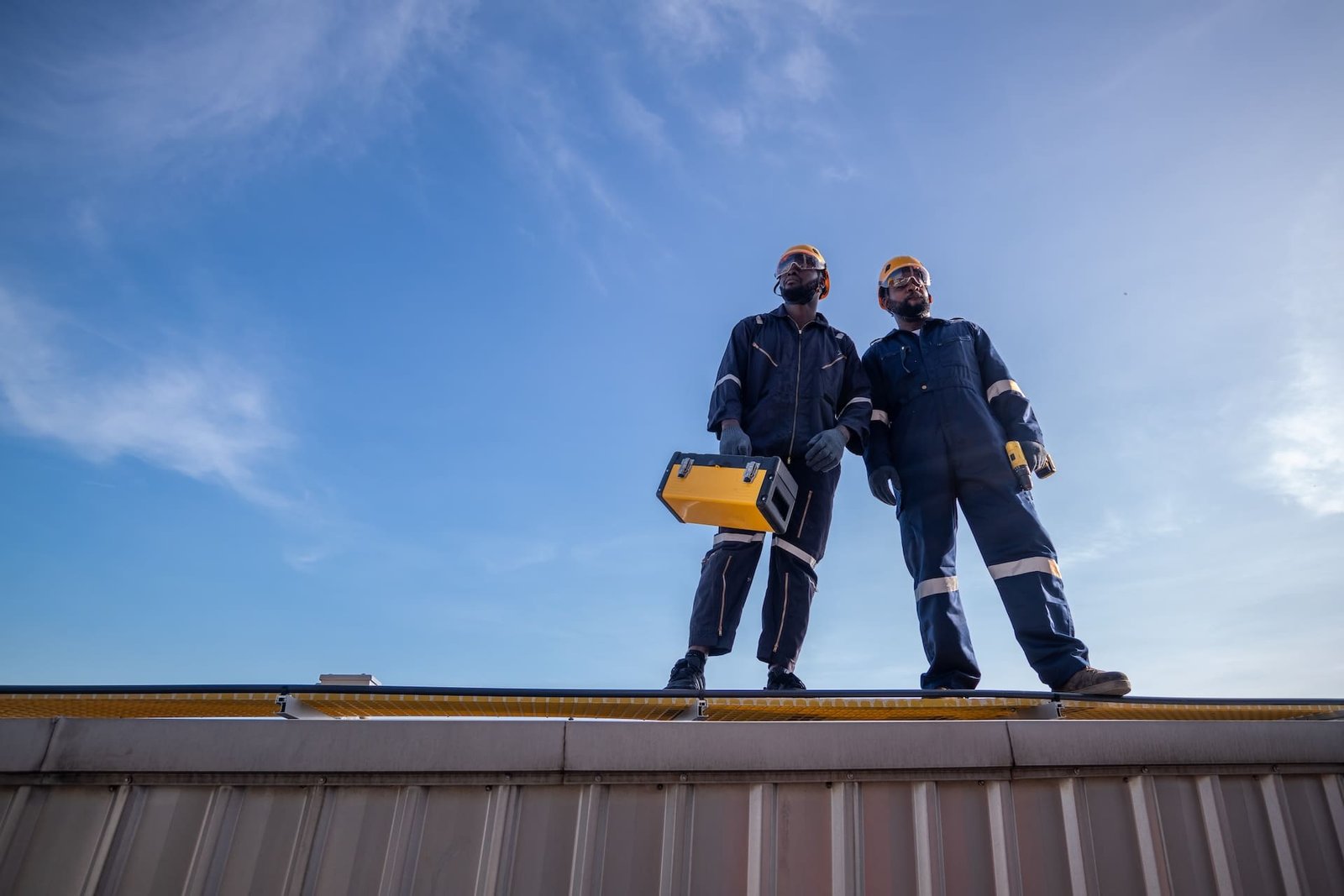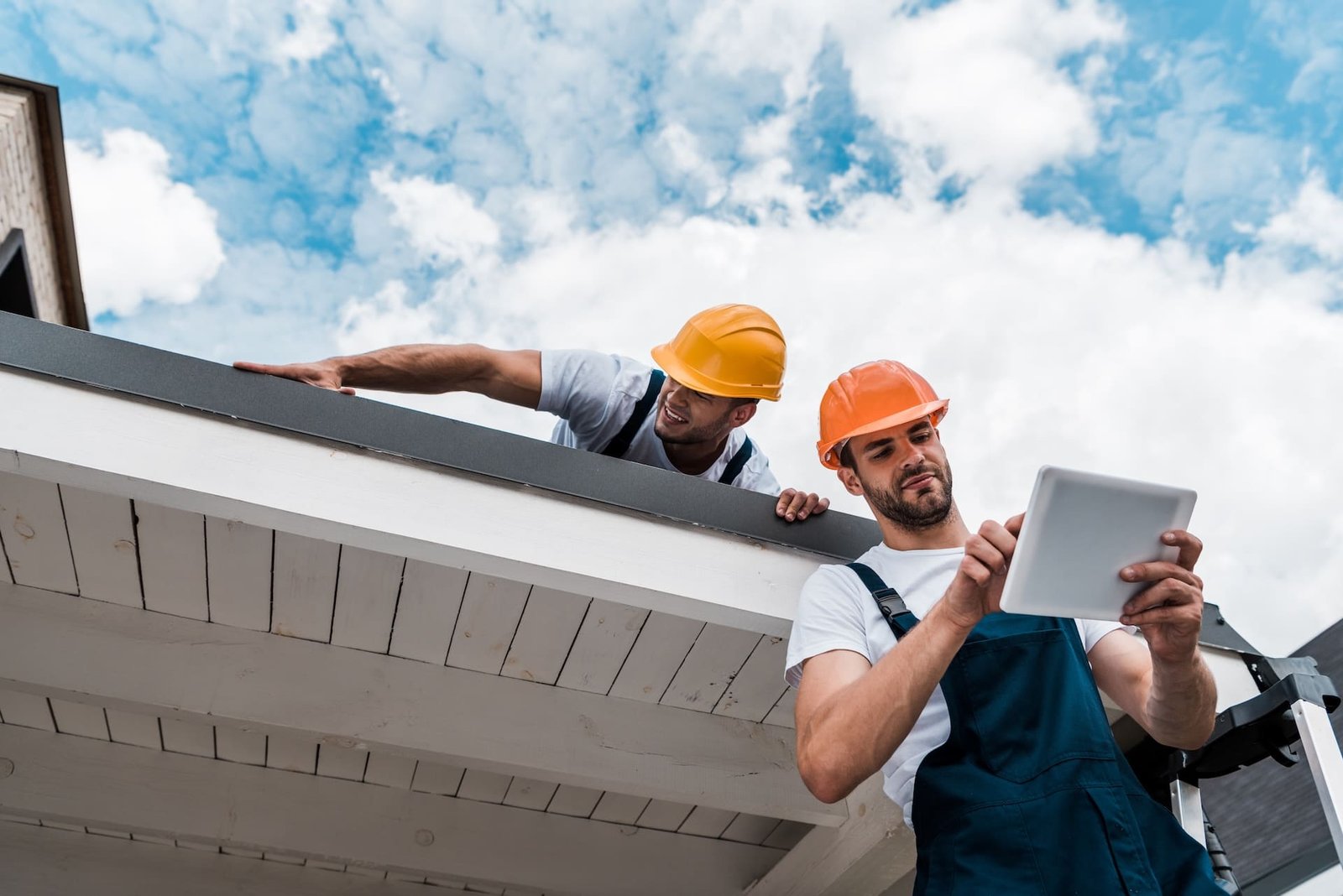Your roof is one of the most important components of your home, providing protection and comfort year-round. But like all things, roofs have a limited lifespan, and recognizing when it’s time for a replacement can save you from costly repairs or damage to your property. Here are the top signs to look for that indicate it’s time to consider a new roof.
1. Frequent Leaks and Water Damage
If you’re constantly dealing with leaks or water stains inside your home, it could be a sign that your roof is no longer doing its job. While small leaks can often be fixed, recurring water issues point to more serious, underlying problems. Over time, water damage can weaken your roof’s structure and lead to mold growth, which is hazardous to both your property and health. A new roof will provide a secure barrier against leaks, giving you peace of mind.
2. Missing or Damaged Shingles
Shingles protect your roof from weather damage, so if you notice several shingles that are cracked, curling, or missing entirely, it’s a red flag. While replacing individual shingles is sometimes possible, widespread damage usually indicates the entire roof is nearing the end of its lifespan. Damaged shingles leave your roof exposed to water infiltration, making replacement the safer and more effective option.
3. Sagging or Drooping Roof Structure
A sagging roof often indicates structural damage, which is a serious concern. This can be caused by prolonged water damage, excessive weight from accumulated snow or debris, or simply old age. A roof that is visibly sagging or drooping poses safety risks and should be inspected by professionals immediately. If left unaddressed, it could lead to roof collapse, so replacing the roof is often the best solution.
4. Granules in the Gutters
Asphalt shingles are coated with protective granules that gradually wear off over time. If you’re finding a significant amount of these granules in your gutters, it’s a sign that your shingles are deteriorating and losing their effectiveness. When shingles are worn down to this extent, they can no longer protect your roof adequately, and replacement may be necessary to prevent further issues.
5. Visible Mold or Moss Growth
Moss and algae growth on a roof is common, especially in humid areas, but excessive growth can signal moisture problems. Moss retains moisture against the surface, which can lead to rot and deterioration of roofing materials over time. If moss growth is widespread and difficult to remove, it may indicate that your roof is holding too much moisture and should be replaced.
6. Age of the Roof
Most roofing materials have a lifespan, with asphalt shingles lasting about 20-25 years, while metal or tile roofs may last longer. If your roof is reaching or exceeding its expected lifespan, it’s a good idea to consider a replacement, even if there aren’t obvious signs of damage. Older roofs are more susceptible to weather damage, and investing in a new roof can prevent future issues and increase your home’s resale value.
7. Energy Bills Increasing
An aging or damaged roof can lead to poor insulation, causing your heating and cooling systems to work harder to maintain a comfortable temperature. If you’ve noticed a steady increase in your energy bills without changes in your usage, it could be due to heat escaping through a deteriorating roof. A new roof with proper insulation can help reduce energy costs and make your home more energy-efficient.
Final Thoughts
A roof replacement is a significant investment, but it’s essential for protecting your home and maintaining its value. By staying aware of these signs, you can plan for a replacement before problems become severe or costly.
Widner Roofing is here to help you make the right choice for your home’s roofing needs. Contact us today for a professional inspection and advice on whether it’s time for a new roof. With over 40 years of experience, we’re committed to providing quality solutions that last.




